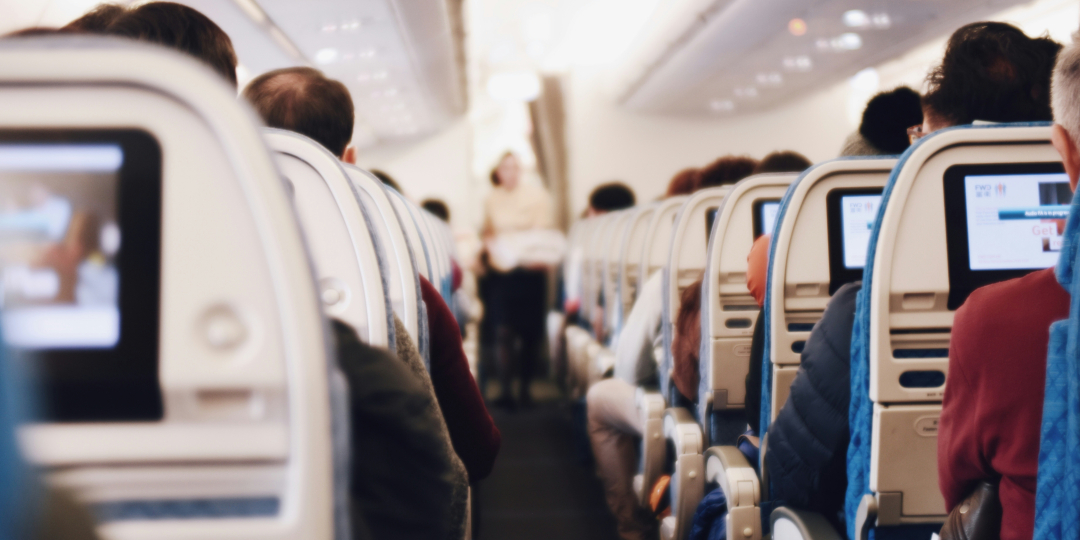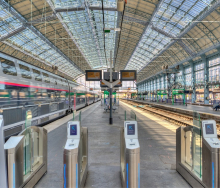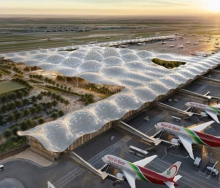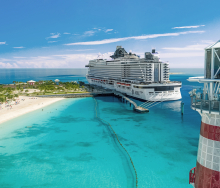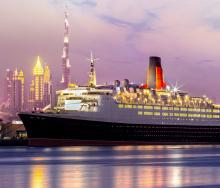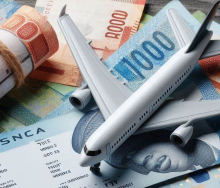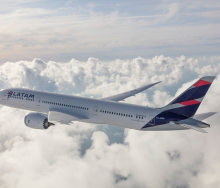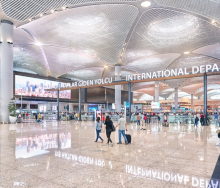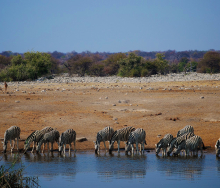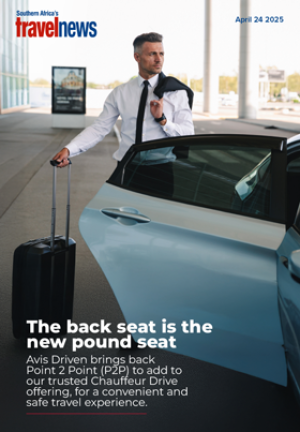Premium economy is becoming more popular both for travellers who previously booked business class and for those who would like more comfort than is offered by economy class, but with a cheaper price-tag. It’s also generating good profits for airlines.
In a recent Travel News poll, 60% of agents confirmed they were booking more premium economy-class seats for their business-class clients.
One travel agent interviewed by the publication said it was clear a new trend was emerging on long-haul flights.
“Although reports say that business travel has not completely recovered post-pandemic, my bookings for corporate travellers in premium economy cabins are higher than they were pre-pandemic.”
And the trend isn’t limited to business travel, added the same consultant.
“Leisure travellers are happy to spend the extra money to be more comfortable on long-haul flights. Availability, however, can be a problem because premium economy is invariably sold out before business class.”
Expanding
Airlines are paying attention to the demand for premium economy seating, and The New York Times reported earlier this year that major US airlines were expanding premium seating by 25% to 75% in portions of their fleets.
The same report confirmed that Delta had added 15 000 premium economy and business-class seats to its daily schedule since the pandemic. The airline removed 20 economy seats and six business-class seats on its long-haul B767 aircraft to create a 20-seat premium economy cabin.
SWISS will also introduce its largest premium economy cabin on its long-haul A350-900 aircraft in 2025, with 38 premium economy seats.
Jay Sorensen from IdeaWorksCompany, an organisation that provides airlines with knowledge and expertise to build ancillary revenue, gives his take on premium economy seating.
“Premium economy has emerged as a property with high ‘curb appeal’, with its oh-so-attractive position of providing affordable luxury. For long-haul travellers, I believe we have entered an era where premium economy has the potential to deliver more profits than business class.”
Sorensen highlighted that American Airlines last year disclosed plans to grow its entire category of premium economy seating by 43% from Q3 of 2023 until 2026.
“There is ample opportunity here; as of the summer of 2023, the slice occupied by premium economy on wide-body aircraft was a slender 4,6%. Some airlines are beginning to follow Delta’s lead by converting a few business-class seats and a bigger chunk of economy seats to a premium economy configuration on long-haul aircraft.”
It’s no wonder airlines are intrigued, continued Sorensen. United Airlines recently disclosed in its Q3 2023 investor call, that Premium Plus is now its most profitable cabin.
“Global network airlines enjoy access to a waiting marketplace, but low-cost carriers are also reaching for premium passengers. Some, such as AirAsia X, Condor, and flydubai, offer a lie-flat cabin similar to the global giants.”
Meeting demand
Boris Ogursky, Lufthansa Media Spokesperson for Europe, Middle East & Africa, told Travel News that the airline’s premium economy class had been introduced in 2014.
“Typically positioned between business class and economy class, premium economy class is very successful and was introduced subsequently on our other airlines as well. We can confirm that the demand for premium classes has risen substantially after the COVID pandemic.”
Lufthansa offers premium economy seats on its long-haul aircraft, adapting the number of installed seats to the actual demand.
“Premium economy has become a fully established travel class that will also see an exciting new product within Lufthansa’s Allegris product line launching this year.” Read about the Allegris product line here.

